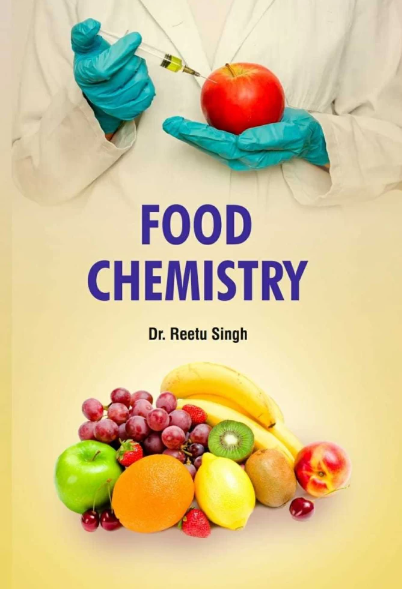黄瓜在调味液中轻度酸洗过程中理化性质和挥发性特征与微生物多样性的关系
IF 9.8
1区 农林科学
Q1 CHEMISTRY, APPLIED
引用次数: 0
摘要
淡腌黄瓜是亚洲国家流行的腌制产品。然而,其品质与酸洗过程中微生物的变化以及微生物与品质的关系尚不清楚。研究了黄瓜在调味液中轻度腌制过程中理化性质、挥发性有机物(VOCs)和微生物群落的变化及其相互关系。结果表明,随着酸洗时间的延长,合金的硬度和可裂性逐渐降低,并符合零级动力学模型。随着腌制时间的延长,颜色变得棕色和深色。通过GC-O和气味活性值鉴定出64种挥发性有机化合物,并发现13种芳香活性化合物。(E,Z)-2,6-非二烯醛、己醛和(E,E)-2,4-庚二烯醛是区分不同酸洗时间样品的特征香气标志。属水平上,Delftia和窄养单胞菌在细菌群落中占主导地位,Rhodotorula和Naganishia是优势真菌属。相关分析表明,1种细菌(Acinetobacter)和2种真菌(Naganishia和Rhodotorula)与黄瓜在腌制后期的品质损失和异味密切相关。本研究为促进淡腌黄瓜加工过程中的质量控制提供了重要参考。本文章由计算机程序翻译,如有差异,请以英文原文为准。


Correlation of physicochemical properties and volatile profiles with microbiome diversity in cucumber during lightly-pickling in seasoning liquid
Lightly-pickled cucumber is a popular pickled product in Asian countries. However, its quality and microbial alteration during pickling and its correlation between microorganisms and quality are still unclear. Changes in physicochemical properties, volatile organic compounds (VOCs), and microbial community during lightly-pickling cucumbers in seasoning liquid and their relationships were investigated. Results showed that the hardness and fracturability decreased with pickling time, modeled by a zero-order kinetic model. The color became brown and dark as pickling extended. Sixty-four VOCs were identified and 13 aroma-active compounds were found using GC-O and odor activity values. (E,Z)-2,6-nonadienal, hexanal, and (E,E)-2,4-heptadienal were the characteristic aroma markers essential for differentiating among the samples with different pickling times. At the genus level, Delftia and Stenotrophomonas dominated in the bacterial community, and Rhodotorula and Naganishia are the dominant fungal genera. The correlation analysis revealed that one bacteria (Acinetobacter) and two fungi (Naganishia and Rhodotorula) were strongly related to quality loss and off-flavors in cucumbers in the late pickling process. This study provides an important reference for facilitating the quality control of lightly-pickled cucumber during processing.
求助全文
通过发布文献求助,成功后即可免费获取论文全文。
去求助
来源期刊

Food Chemistry
工程技术-食品科技
CiteScore
16.30
自引率
10.20%
发文量
3130
审稿时长
122 days
期刊介绍:
Food Chemistry publishes original research papers dealing with the advancement of the chemistry and biochemistry of foods or the analytical methods/ approach used. All papers should focus on the novelty of the research carried out.
 求助内容:
求助内容: 应助结果提醒方式:
应助结果提醒方式:


